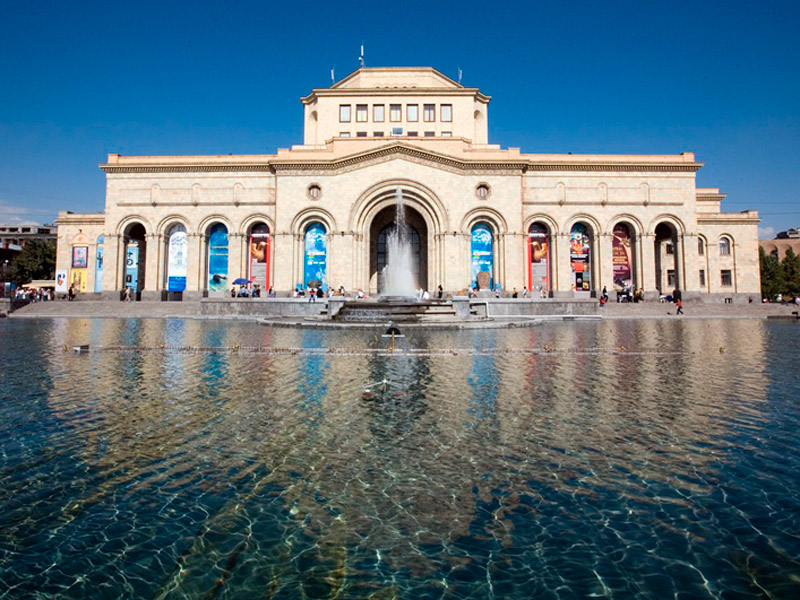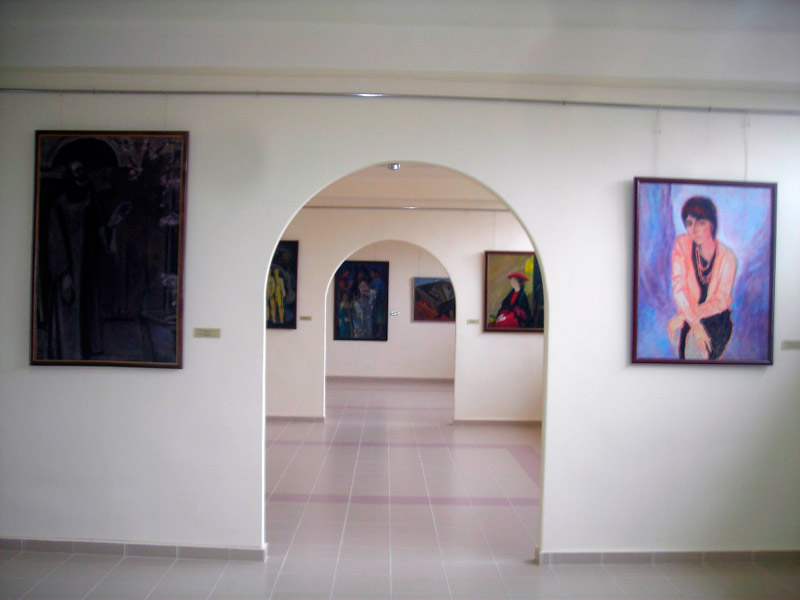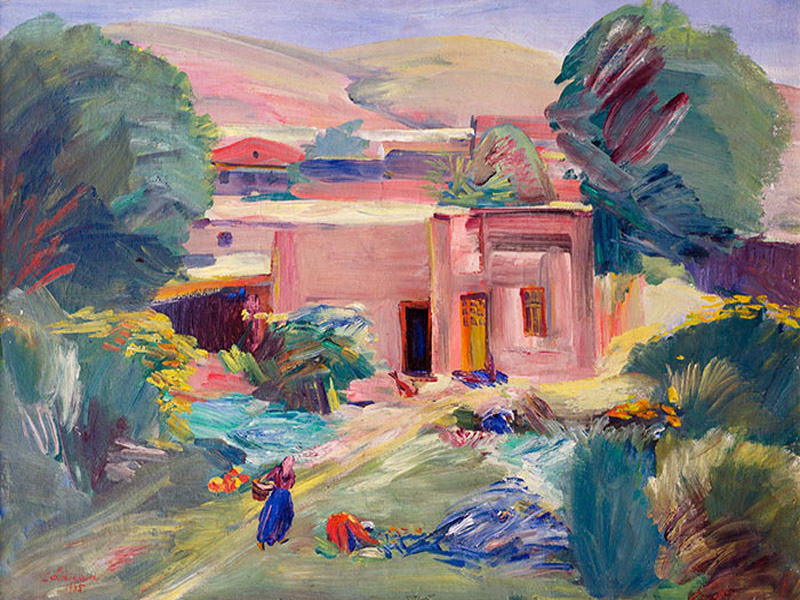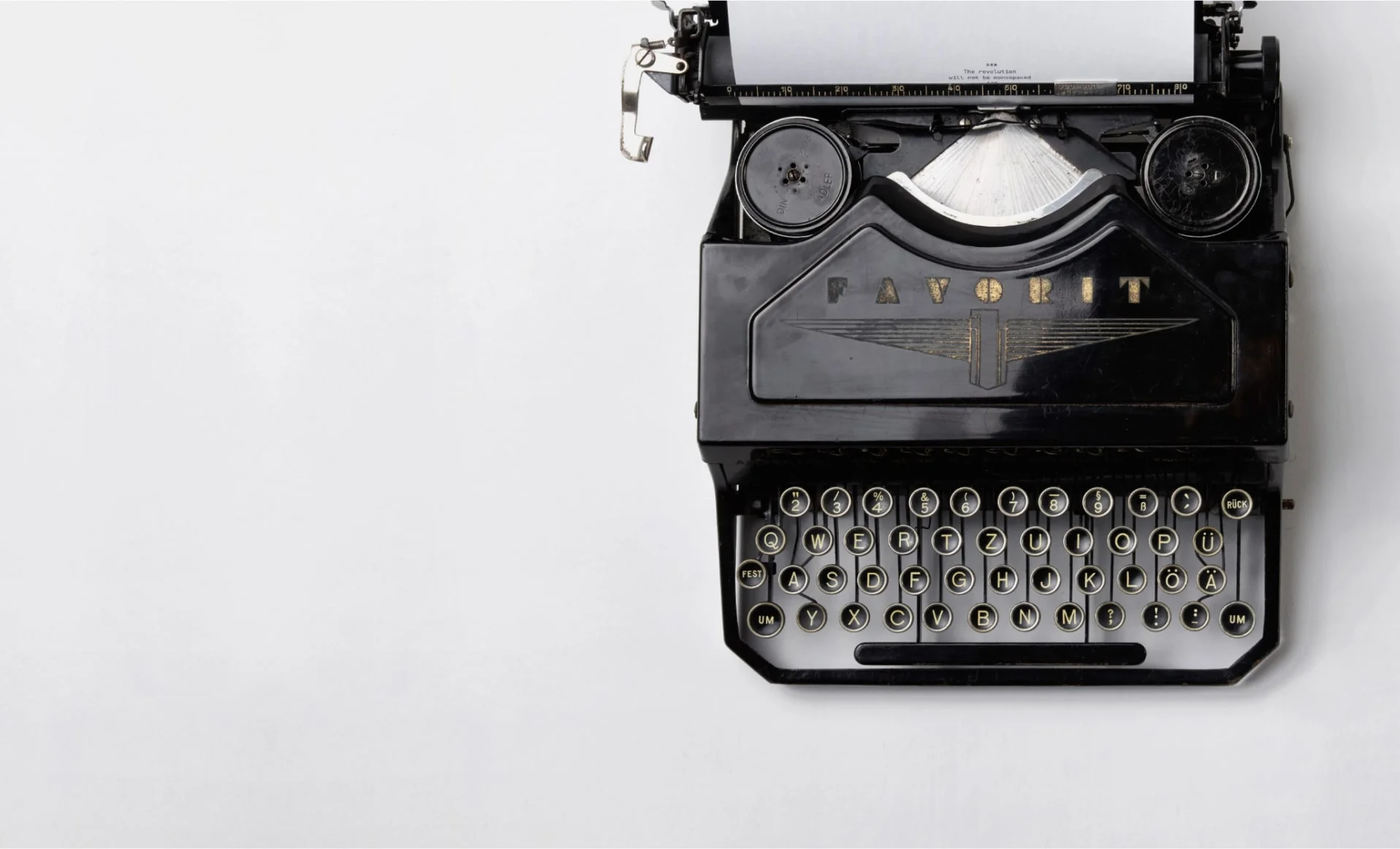 Museums and galleries are a reflection of the culture and history of any country. Armenia is often associated with foreigners as a “huge open-air museum”, thanks to ancient monasteries, temples, fortresses and khachkars, preserved for thousands of years of existence of this ancient country. You can learn a lot of interesting things about the history and culture of Armenia not only by traveling to historical places and attractions, but also by visiting museums and galleries which exhibit both the oldest and newest items of Armenian culture.
Museums and galleries are a reflection of the culture and history of any country. Armenia is often associated with foreigners as a “huge open-air museum”, thanks to ancient monasteries, temples, fortresses and khachkars, preserved for thousands of years of existence of this ancient country. You can learn a lot of interesting things about the history and culture of Armenia not only by traveling to historical places and attractions, but also by visiting museums and galleries which exhibit both the oldest and newest items of Armenian culture.
If you want to plunge into the world of paintings and get acquainted with the masterpieces of Armenian, Russian and European fine arts, then you should definitely visit the National Gallery of Armenia. The National Gallery, founded in 1921, is located in the heart of the capital – on the Republic Square. The National Gallery is located in the same building with the Museum of the History of Armenia, from the third to the eighth floors. The building of the museum and gallery is considered the pearl of Armenian architecture of the Soviet era.
 The National Gallery is the largest art gallery in Armenia, and one of the most outstanding among the countries of the former union. The collection of the National Gallery now has a total of about 26,000 items of fine and applied arts; it is represented in 56 exhibition halls. The museum’s collection includes canvases of Armenian, European, Russian artists, as well as works of decorative and applied art. This combination of the gallery’s entire collection helps to learn about the development of world and Armenian national painting art of different eras.
The National Gallery is the largest art gallery in Armenia, and one of the most outstanding among the countries of the former union. The collection of the National Gallery now has a total of about 26,000 items of fine and applied arts; it is represented in 56 exhibition halls. The museum’s collection includes canvases of Armenian, European, Russian artists, as well as works of decorative and applied art. This combination of the gallery’s entire collection helps to learn about the development of world and Armenian national painting art of different eras.
The Armenian art section presents the development of fine and decorative arts from the 6th to the 20th centuries. The exposition of Armenian classical art presents copies and originals of medieval frescoes and miniatures. In this section you can also see rare examples of medieval paintings and copies of miniatures belonging to the brush of Toros Roslin, Sarkis Pitsak, Grigor Tatevatsi, which were transferred to the gallery as valuable works of art.
 The collection of Armenian art includes masterpieces of Armenian artists who lived and worked both in Armenia and outside the homeland. Here you can see paintings of the great marine painter Ivan Aivazovsky, fine paintings of Martiros Saryan, Hakob Hovnatyan, Garzu, Arshile Gorky, Vardges Surenyants, Minas, Jean Jansem and many other brilliant representatives of the Armenian Diaspora artists.
The collection of Armenian art includes masterpieces of Armenian artists who lived and worked both in Armenia and outside the homeland. Here you can see paintings of the great marine painter Ivan Aivazovsky, fine paintings of Martiros Saryan, Hakob Hovnatyan, Garzu, Arshile Gorky, Vardges Surenyants, Minas, Jean Jansem and many other brilliant representatives of the Armenian Diaspora artists.
Russian collection of the gallery is no less impressive. Here you can personally admire the canvases of outstanding Russian artists. The gallery features works by such brilliant artists as Karl Bryullov, Ilya Repin, Vasily Surikov, Valentin Serov and Marc Chagall. It also presents the art of avant-garde, and currently the gallery highlights the avant-garde masterpieces of Wassily Kandinsky.
The European collection of paintings is represented by Italian, Dutch, French and Flemish schools. The works of such outstanding artists as Rubens, Rodin, van Goyen, Jacob Jordan and Rousseau can be found in the gallery.
The gallery also has a library, a small cafeteria, a souvenir shop and a bookshop, as well as a cinema hall used for films and lectures.
May 18 is the International Museum Day. On this day the National Gallery of Armenia works around the clock, and the entrance for all visitors is free.
Ticket: Adults 800 AMD (1.65 USD); Pupils, students, pensioners 300 AMD (0.65 USD); Children under 7 years old, disabled, state delegation members, servicemen: admission is free
The cost of guided tours: in Armenian – 3 500 AMD (7.2 USD); in Russian, English, French – 5 000 AMD (10.3 USD)
Opening Hours: tuesday-saturday 11:00-17:00, Sunday from 11:00-16:00
Address: Yerevan, Aram st., 1
Phone: +374 10 56 74 72, +374 10 58 08 12
Get acquainted with our tours to Armenia and visit other no less unique sights of the country!













